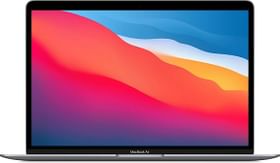The way our eyes interpret light energies to infer as distinct colors should match across different displays and various platforms. In the case of the Android platform, sRGB was the defacto color profile until Oreo. However, these days the device hardware such as Display panels and camera sensors are capable of displaying wider color gamut than sRGB, and many content creators are also targeting broader color gamuts. So, sRGB no longer seems to be enough to do justice to the emerging display and camera technology.
Well, Android Q will be a big step forward in fixing Android’s color management!
Android Q and Display P3

In the upcoming Android OS version, there will be support for wide range of colors outside of sRGB and thus produce wide color gamut pictures. This means, eventually you will be able to capture the richness of the scenes, share a wide color picture with your friends and view wide color pictures on your phones.
ALSO READ: Quick Guide: How To Download Call of Duty Mobile, Install and Play On Any Android Phone
On the other hand, for developers, this means there will be pictures coming to their application with an ICC profile that is not sRGB but some other wider color gamut: Display P3, Adobe RGB, etc. and they need to optimize their apps to handle them.
Obviously, you need a good display screen that is able to reproduce a Wide Color Gamut. Next up, calibration comes into the scene. Calibration is accessing and adjusting the display output to match a specific color value in the spectrum.
Mostly, manufacturers implement wider color gamuts for the phone displays and since there is no color management on Android, the sRGB content is not properly mapped to wider gamuts, resulting in oversaturated images that show distorted colors as compared to what the designers intended.
ALSO READ: Google revokes Android License to Huawei and this is how the latter responds
Now, with Android Q, things might change and wider color gamuts such as Display P3 would be available.
This transition wouldn’t be an easy task as the device manufacturers have to correct their hardware and developers need to mend their app software. Android Developers Blog guides the devs to check whether their application wide color gamut ready along with the necessary preparations to be made.
Maybe in Android R or Android S compatibility will be mandatory in Compatibility guidelines.































